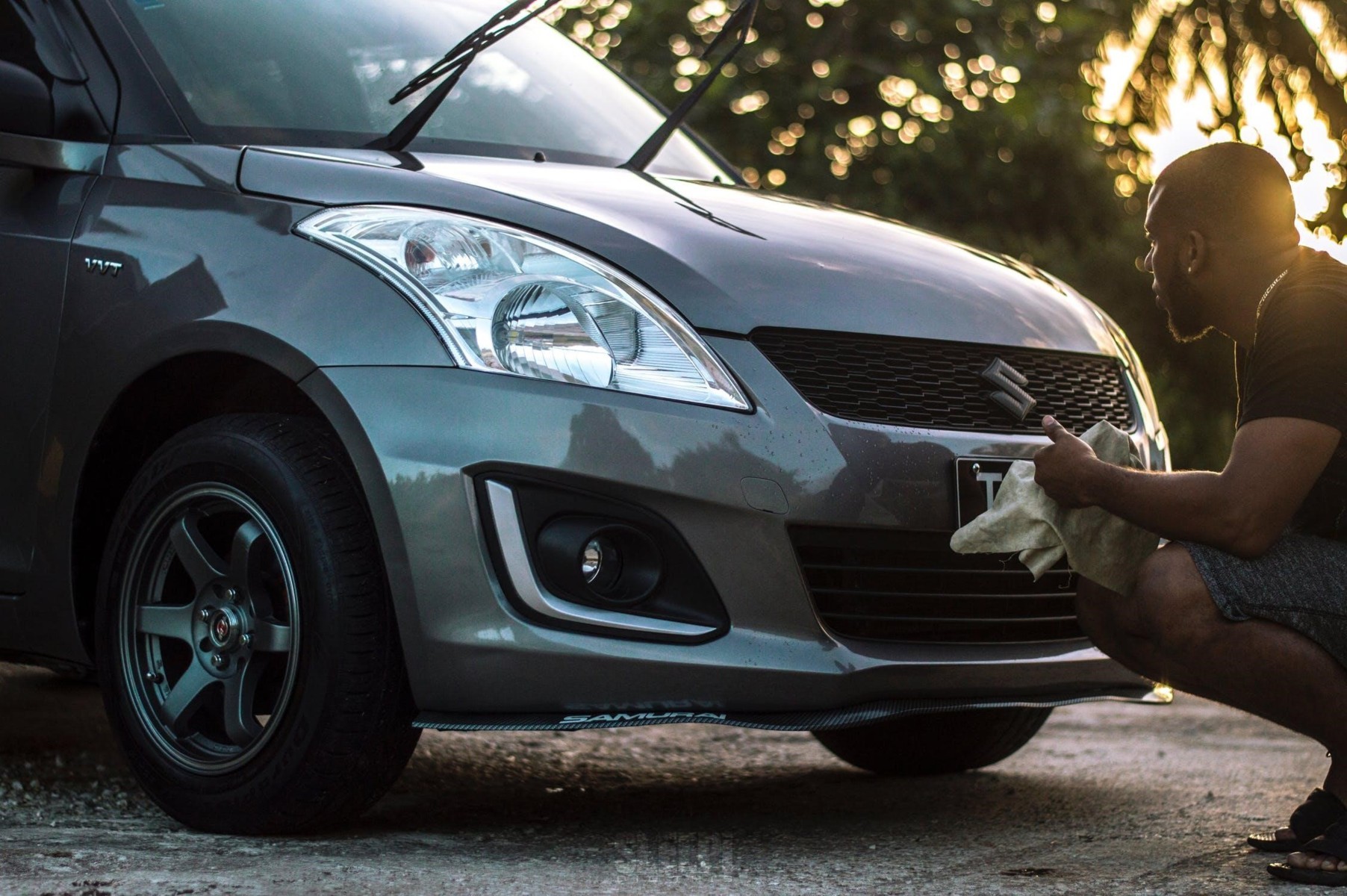Can A Dirty License Plate Get You A Fine? In NYC It Can!
New York City is one of the busiest cities in the world with millions of tourists visiting it every year. So, when it comes to traffic enforcement and ensuring that people follow the correct road rules, it seems like an impossible job. But that doesn’t mean that law enforcers haven’t been trying.
NYC’s Traffic Enforcement Challenge
In an effort to crack down on vehicles sidestepping New York’s toll booths, speed cameras, and other traffic enforcement efforts, they have launched a new scheme involving honing in on obscured vehicle license plates. If authorities cannot correctly read and identify these plates, they will fine the vehicle’s registered owner $50. NYC Department of Transportation Commissioner Ydanis Rodriguez and NYPD Commissioner Jessica Tisch announced these new rules strengthening enforcement in New York in January of this year, with the launch date set for April 16th, 2025.
It has become a trend in the city for drivers to hide their number plates when trying to avoid a fine or repercussions for driving inappropriately or dangerously. Due to this, the traffic enforcement in New York City has claimed to have lost tens of millions in revenue. Last year, they even tried to implement a different law to try and combat the distorted license plate phenomenon.
The Rise of “Ghost Cars”
Drivers following this growing trend cover, remove, or neglect to clean their license plates, earning the nickname “ghost cars.” For the last three years, since 2022, New York City Hall officials have recorded over 73,000 ghost cars or unregistered vehicles. NYC law enforcement has taken thousands of illegal ghost plates off the roads, many of which have been connected to multiple other crimes. It is also important to note that cars from different states and tourists must follow all the road safety and traffic enforcement laws while visiting NYC.
New Rules for License Plate Visibility
The new rules require drivers to securely fasten and correctly display their license plates, attaching them to the vehicle between 12-48 inches from the ground. Drivers must also keep their plates clean and uncovered. It should be fully legible to the human eye and automated cameras. The law bans all covers that conceal or restrict readability. It also prohibits fake or altered plates, except for officially issued tolling transponders with properly installed plates.
Overall, drivers who cover their license plate, either by not cleaning it, removing it, or covering it, are breaking the law, and they are putting the people around them at risk. There are several new technologies, such as automated camera enforcement, which have been implemented throughout the city in hopes of reducing speeding and preventing further pedestrian/cyclist accidents or fatalities. These technologies fail to operate at their best when drivers obscure their plates and avoid accountability.
The ghost plate phenomenon has reached such great heights that even New York Governor Kathy Hochul has addressed the problem on the social media platform X. She made it clear that she doesn’t care what car you drive—whether it’s a Tesla or a toboggan—if you drive around New York with ghost plates, authorities will reprimand you and take you off the road. Hopefully these measures will put an end to the “ghost car” trend.














